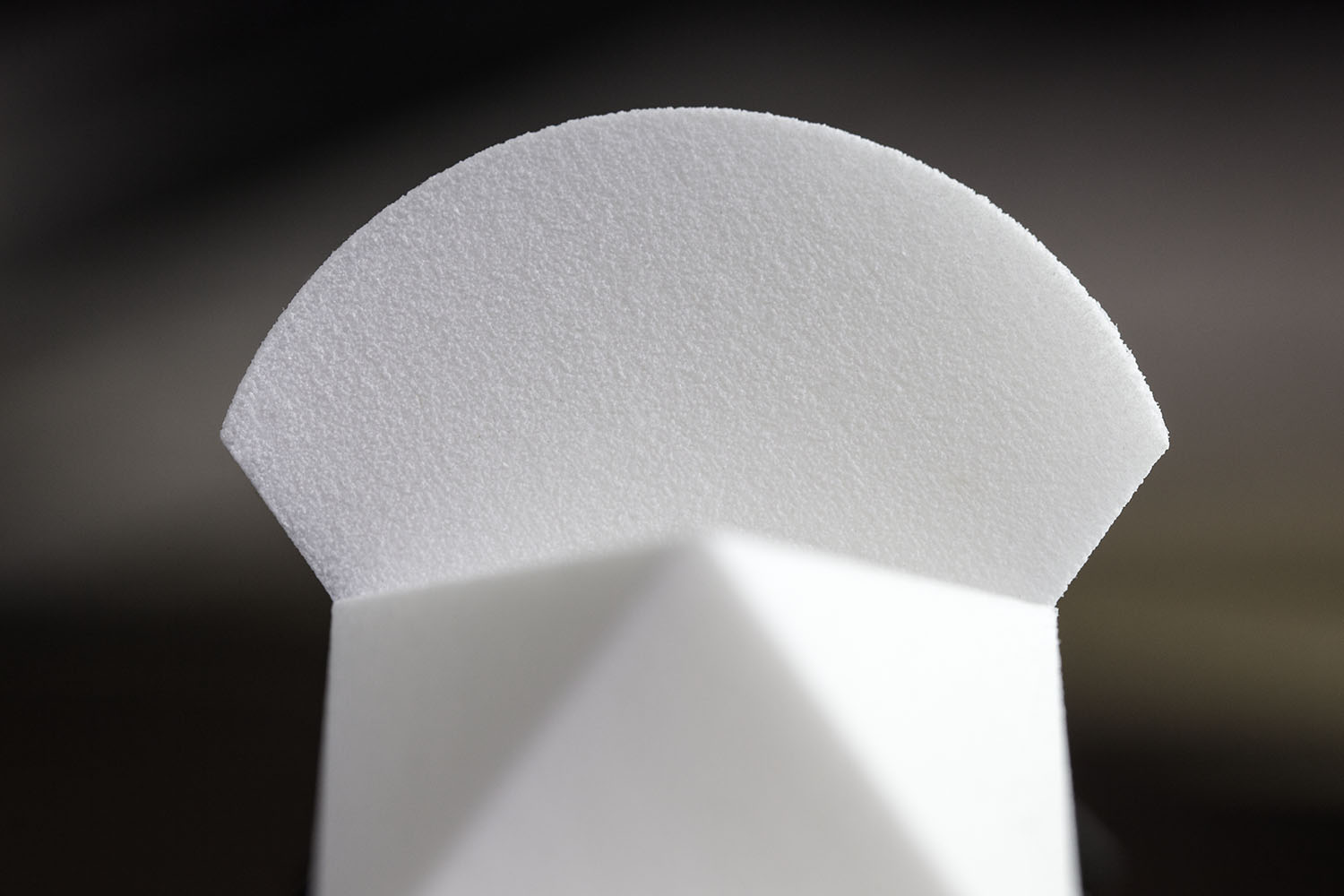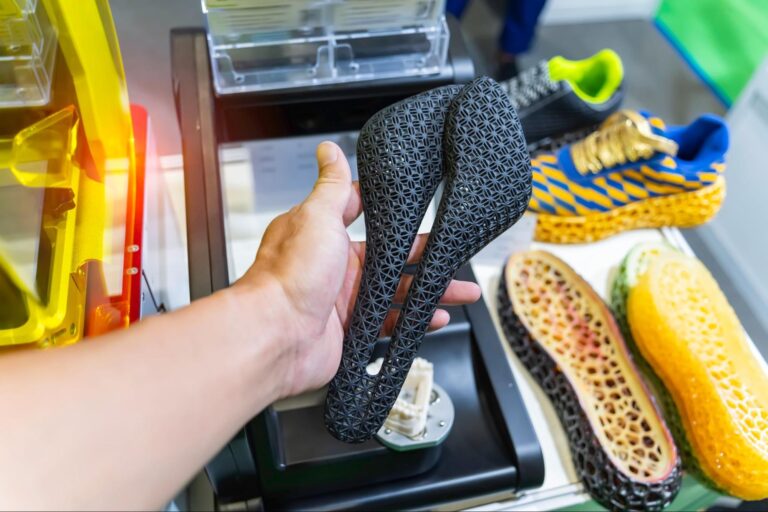PA 12 (Polyamide 12) with glass beads is a 3D printing material that combines the properties of PA 12 with added glass beads. This combination enhances its strength, stiffness, and thermal stability. Here are some common applications for PA 12 with glass beads in 3D printing:
Engineering Prototypes: PA 12 with glass beads is often used to create engineering prototypes of parts and components that require high mechanical performance, such as gears, brackets, and housings.
Functional Parts: It is suitable for producing functional parts that need to withstand mechanical stress and maintain their dimensional stability under load.
Automotive Components: This material can be employed in the production of automotive components, including under-the-hood parts, engine components, and structural elements.
Aerospace Components: PA 12 with glass beads can be used in aerospace applications for producing components that need to meet strict performance and safety standards.
Tooling and Fixtures: Manufacturers use this material to create custom tooling, jigs, fixtures, and assembly aids that require durability and dimensional stability.
Custom Manufacturing Tools: It is used to produce custom manufacturing tools and molds for various industries, including injection molding and metal forming.
Electrical and Electronic Components: PA 12 with glass beads is suitable for manufacturing electrical insulators, connectors, and housings for electronic devices.
Oil and Gas Equipment: In the oil and gas industry, this material can be used for producing components that must withstand harsh environmental conditions and chemicals.
Marine Applications: Due to its resistance to moisture and chemicals, it can be used to create components for marine equipment and vessels.
High-Temperature Applications: It is used in applications exposed to high temperatures, such as exhaust system components and heat-resistant fixtures.
Chemical Resistant Parts: PA 12 with glass beads is resistant to many chemicals, making it suitable for parts exposed to corrosive substances.
Low-Wear Components: Parts requiring low wear and high dimensional stability, such as conveyor system components, can be manufactured from this material.
Structural Components: In industrial equipment and machinery, this material can be used for producing structural components and load-bearing parts.
Water-Resistant Parts: Its resistance to water absorption makes it useful for applications exposed to moisture or humidity.
Custom Valve Components: Valve components and seals can be manufactured from PA 12 with glass beads due to its combination of strength and chemical resistance.
Bearings and Bushings: The material’s low friction coefficient makes it suitable for producing bearings, bushings, and sliding components.
Medical Device Prototypes: It can be used in the prototyping of medical devices that require both strength and biocompatibility.
Consumer Products: Some consumer products, especially those requiring durability and resistance to wear, can benefit from this material.
PA 12 with glass beads is chosen for applications where superior mechanical properties, thermal stability, and resistance to wear and chemicals are required. It is particularly well-suited for demanding industrial and engineering applications.










